Reallocation of production resources
In the new context, resources such as land, investment capital, human resources, technical infrastructure and social infrastructure are rearranged in an optimal direction, suitable to the scale and new development orientation of each locality.
First of all, the consolidation of administrative units helps overcome the fragmentation of resources, especially land funds and public facilities. Areas that were previously small and fragmented now have the conditions to accumulate land, creating favorable conditions for large-scale production development, attracting investment and building industrial parks and concentrated industrial clusters. Public works,educational , medical and administrative facilities are also reasonably rearranged, avoiding duplication, reducing operating costs and improving efficiency.
Administrative mergers also open up great opportunities in mobilizing and allocating public and private investment capital. When a new administrative unit is formed with a larger population and economy , its attractiveness in attracting investment increases significantly. Localities have the conditions to plan key development projects, attract socialized investment resources, and at the same time improve their ability to access capital sources from the Central Government and international organizations.
Human resources - one of the most important factors in development - also have a more reasonable shift and reallocation. Expanding the development space helps create more new jobs in non- agricultural sectors, contributing to solving the surplus labor situation in rural and mountainous areas, while at the same time arousing human potential in the merged areas through education, training and science and technology transfer.
Restructuring industries, developing key economic sectors
After the merger of administrative units, the new context of geography, population and development potential requires localities to comprehensively review the existing industry structure to reorient economic development in accordance with reality and integration trends. This is not only an objective requirement but also an opportunity for localities to make a breakthrough, promote comparative advantages, and establish key economic sectors as growth drivers.
Loading and unloading goods at Nghi Son International General Port.
One of the important changes is the process of shifting the industrial structure towards reducing the proportion of traditional agriculture, strongly increasing the industrial, handicraft, trade and service sectors, especially those with high added value. The merger helps to expand the area, integrate regions with different strengths, thereby creating conditions for stronger development of industry and regional linkages. Production value chains are reshaped, many localities promote the development of industrial clusters, high-tech agricultural production clusters, and concentrated raw material areas for processing and export.
At the same time, the development of key economic sectors is given top priority. Depending on the characteristics of each locality after the merger, key sectors can be agricultural, forestry and fishery processing industry, logistics services, renewable energy, eco-tourism, culture, or traditional craft villages with the potential to develop into large-scale OCOP products. These sectors not only create economic value but also contribute to shaping the identity and brand of the locality in the domestic and international markets.
The process of restructuring the industry also requires strong innovation in management thinking, shifting from "pure administrative management" to "local economic development management" in a proactive, flexible and creative direction.
However, for the restructuring of the industry to be truly sustainable and effective, special attention must be paid to the factors of synchronous infrastructure development, high-quality human resources and a transparent and stable investment environment. Support from the Central Government, especially in regional planning, budget allocation and investment incentives, will be the foundation for localities to be more proactive in developing the industry in a modern and sustainable direction.
Developing new central areas and dynamic economic clusters
The merger of commune-level and provincial-level administrative units is not only a matter of streamlining the organizational apparatus, but also opens up strategic opportunities to reshape the socio-economic development space in a more modern, concentrated and effective direction. In that context, the formation of new central regions and dynamic economic clusters is an inevitable trend, and at the same time an urgent requirement to promote endogenous potential and enhance local competitiveness in the new development stage.
After the merger, the geographical scale, population and technical infrastructure of many administrative units were expanded, creating conditions for the formation of new administrative - economic centers. These are often urban areas and towns with favorable geographical locations, good traffic connections, converging the factors of "heavenly time - favorable location - harmony of people" for rapid and sustainable development. These central areas become new "hubs" in the system of population distribution, public services and production and business. They are where medical, educational, administrative facilities, commercial centers, financial - banking services, logistics, etc. are concentrated, thereby spreading their influence to neighboring areas.
The formation of dynamic economic clusters is also a direct and positive consequence of the merger process. With the expanded area, localities can plan industrial clusters, agricultural processing and preservation clusters, eco-tourism areas, or logistics centers associated with key traffic routes such as national highways, belt roads, river ports, seaports, airports, etc. These clusters act as "development magnets", capable of attracting investment, creating jobs, increasing income for people and promoting economic restructuring towards industrialization and modernization.
The development of new centers and dynamic economic clusters should not be spontaneous, but must be linked to inter-district, inter-commune or provincial development planning. This is an important basis to ensure harmonious development, limit overlapping functions or unhealthy competition between regions in the same locality. At the same time, planning also needs to take into account the ability to connect between regions, promote the advantages of provinces and cities in key economic regions and national economic corridors.
However, for new central areas and dynamic economic clusters to develop effectively, strong participation from many sides is needed: the government must play a role in creation and coordination; businesses are the investment and operation force; people need to participate in the transformation process to ensure sustainability and fairness. In addition, technical infrastructure (roads, electricity, water, telecommunications) and social infrastructure (education, health care, culture) must be invested synchronously, creating favorable conditions for living, production and attracting residents and workers to live and work long-term.
Shifting the labor structure from agriculture to industry and services, gradually increasing the need for vocational training
One of the clear and groundbreaking consequences of the merger of commune-level and provincial-level administrative units is the strong shift in labor structure. The expansion of administrative boundaries, combined with the re-planning of socio-economic development space, creates new industrial and service development areas, thereby forming the need for new, non-agricultural labor.
Previously, many communes and districts had a labor force mainly working in agriculture with small-scale, fragmented production models, low productivity and instability. After the merger, thanks to stronger investment in infrastructure, services, and industry, especially in new central areas and dynamic economic clusters, local labor has begun to shift away from traditional agriculture, moving to work in factories, enterprises, industrial parks, export processing zones, trade, services, construction and tourism. This not only contributes to improving people's income and quality of life, but also reduces pressure on agricultural land and promotes the process of land accumulation and concentration to develop modern agriculture.
However, this labor shift poses a major challenge to the quality of human resources. The number of workers is large but their skills are still low, and their skills do not meet the requirements of the new labor market. Therefore, the need for vocational training, skills education and career orientation is becoming increasingly urgent. Training needs to be innovated in a flexible, practical and closely following business needs. Professions such as mechanics, electricity - electronics, information technology, agricultural processing, logistics services, tourism - restaurants - hotels... need to be prioritized in the training program. At the same time, it is necessary to focus on training soft skills, digital skills, foreign languages - indispensable factors in the era of integration and digital transformation.
Model of breeding and supplying purebred New Zealand rabbits by Thanh Hoa province youth union members.
Along with vocational training, reorienting the mindset of workers is also very important. Many people, especially the younger generation, need to be exposed to the spirit of entrepreneurship, innovation, and technology application, and no longer depend on the mindset of self-sufficient production. The government, unions, schools, and businesses must work together to form a new labor ecosystem - dynamic, creative, and highly adaptable to the market.
Shifting population structure towards multi-center, enhancing infrastructure connectivity
After the merger of commune-level and provincial-level administrative units, the population structure in many localities has changed significantly in terms of scale, distribution and mobility. The expansion of administrative boundaries and the formation of new central areas have changed the traditional residential space, from a population model concentrated around a single administrative-economic center to a multi-center model - where there are many population concentrations associated with areas of socio-economic development.
The multi-center population structure helps reduce pressure on old administrative centers, which are overloaded with infrastructure and services. New residential clusters are formed around industrial clusters, service-commercial areas, and social-educational centers, creating dynamically developing "satellites". This model not only contributes to a more reasonable population redistribution, but also supports the comprehensive development of rural, mountainous, remote and isolated areas - places that were previously "forgotten" on the development map.
However, this population shift poses an urgent need for synchronous infrastructure connectivity. Without transport, telecommunications, healthcare, education and social services infrastructure, the new central areas will find it difficult to maintain a stable population, easily leading to a situation of “empty core areas, crowded fringe areas” or re-establishing inequality between regions within an administrative unit. Therefore, one of the key tasks of localities after the merger is to build a tight inter-regional infrastructure network, ensuring smooth connectivity between regions.
Based on the new development plan, investing in inter-commune and inter-provincial roads, upgrading the intra-regional transport system, expanding main axes to industrial parks, service areas, etc. are urgent tasks. In addition, attention should be paid to synchronizing soft infrastructure such as digital infrastructure, online public services, and smart administrative management systems to ensure that people anywhere in the new administrative area can access services quickly, conveniently, and fairly.
The shift in population structure towards multi-centers and the need to strengthen infrastructure connectivity are inevitable and positive consequences of the administrative merger process. However, to make good use of this trend, localities need to proactively develop harmonious residential space planning, invest in synchronous and modern infrastructure, and promote the coordinating role of the government towards the goal of balanced, inclusive and sustainable development for the entire post-merger territory.
The shift in socio-economic structure after the merger of commune-level and provincial-level administrative units is not only an inevitable organizational consequence, but also opens up great opportunities for the country to make a breakthrough. First of all, it is an opportunity to expand development space, overcome the dispersion of resources, thereby more effectively planning land funds, labor, investment capital and infrastructure for production and business. At the same time, this is a favorable time for localities to restructure industries, transform the growth model from relying on traditional agriculture to modern industry and services, associated with innovation and digital transformation. The formation of new central regions and dynamic economic clusters will create conditions for developing regional linkages, connecting technical and social infrastructure more synchronously. In addition, the process of labor and population transition requires improving the quality of human resources, expanding vocational training - a golden opportunity to build a skilled workforce to meet new development requirements. Along with that is the opportunity to strongly reform the state management apparatus, streamline the organization, improve administrative effectiveness and efficiency, thereby serving people and businesses better. If we know how to promote and take advantage of these opportunities in the right direction, they will become important driving forces for the country to develop faster, more sustainably and integrate more deeply in the new era of the nation. |
Thinh Van Khoa
Vice Principal of Thanh Hoa Provincial Political School
Source: https://baothanhhoa.vn/su-dich-chuyen-ket-cau-kinh-te-xa-hoi-sau-sap-nhap-don-vi-hanh-chinh-254326.htm


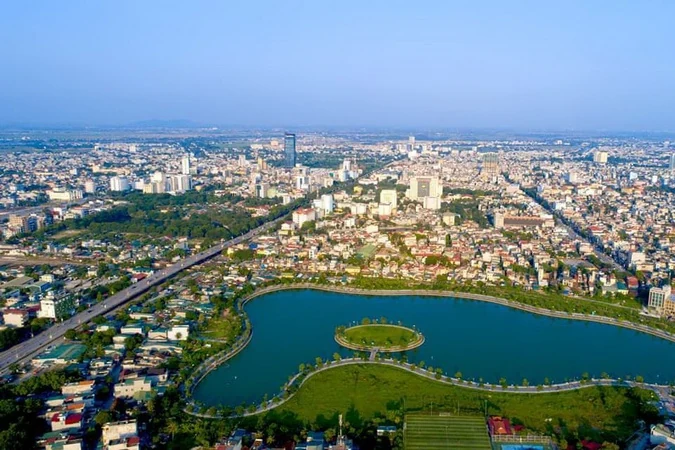
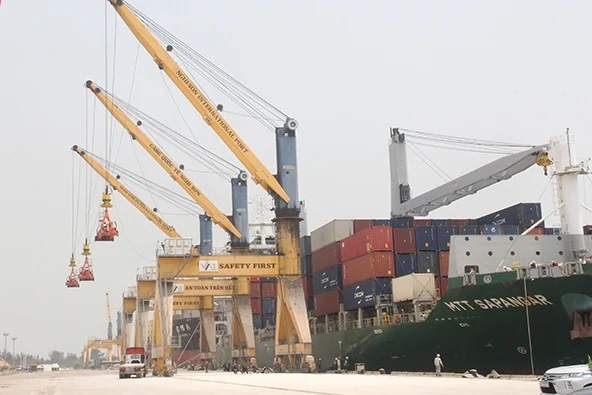
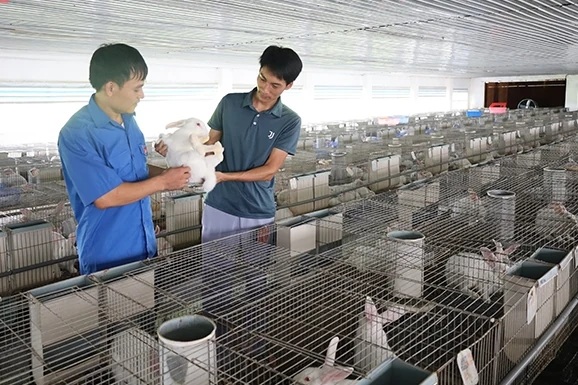



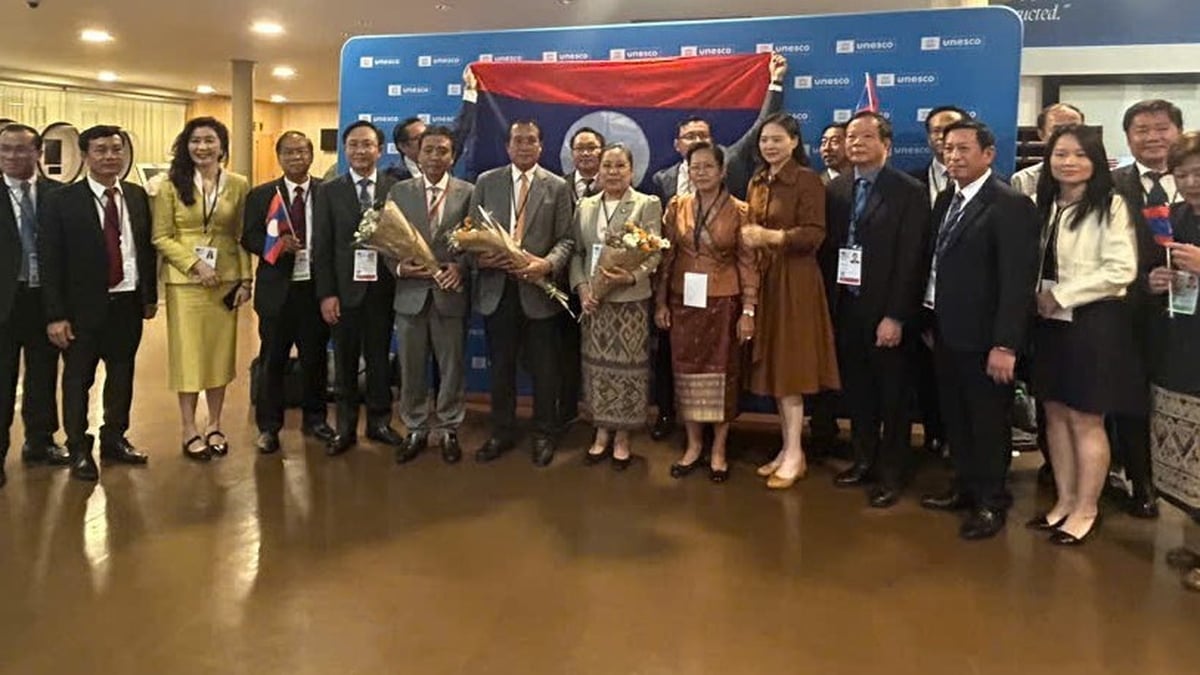


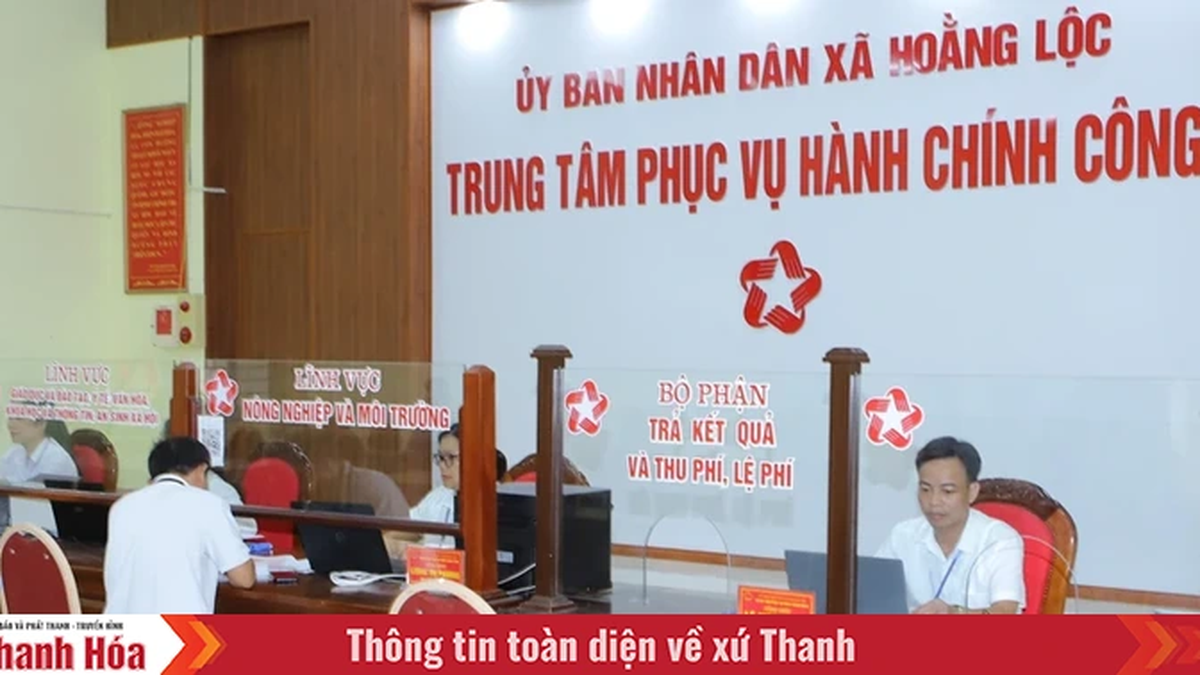

























































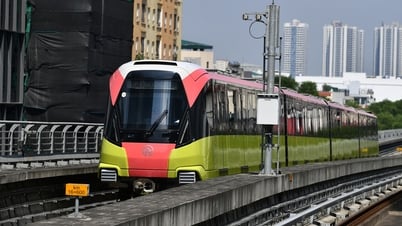

































Comment (0)